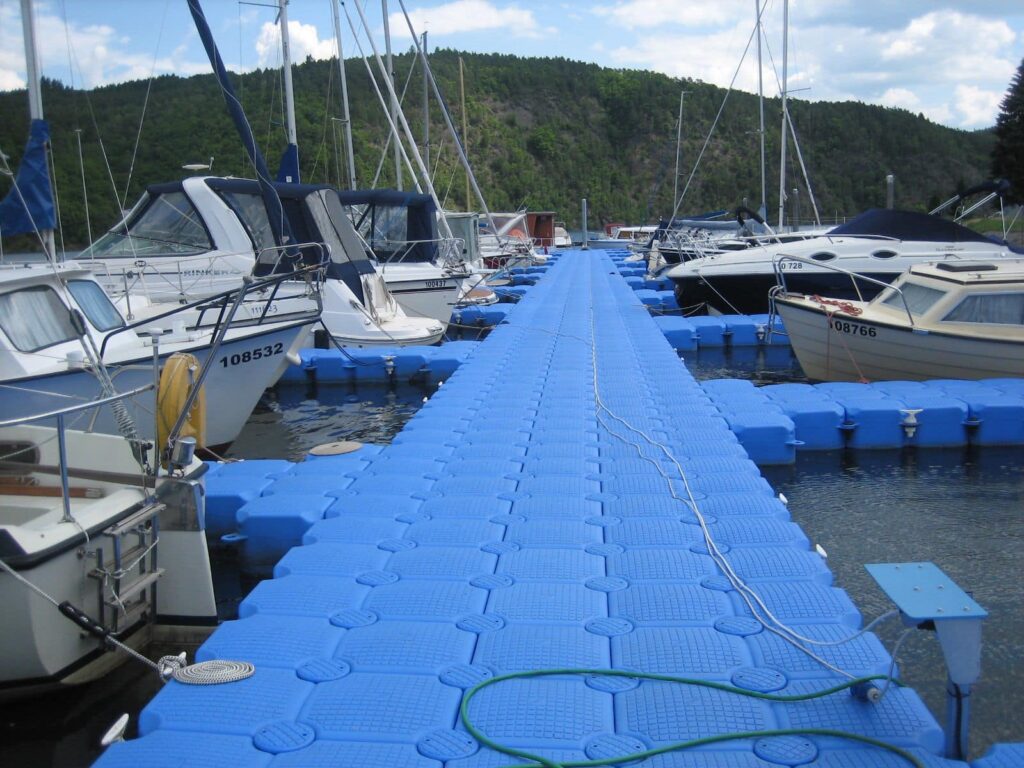Installing a floating jetty offers numerous benefits for both boaters and swimmers, enhancing the usability and enjoyment of waterfront areas. Floating jetties, unlike traditional fixed structures, are designed to rise and fall with the water level, providing a stable and accessible platform regardless of tides or seasonal water fluctuations. This adaptability makes them particularly useful in areas with significant tidal changes or variable water levels. For boaters, a floating jetty offers unparalleled convenience. Unlike fixed jetties, which can be challenging to use during low tide or when water levels fluctuate, floating jetties remain at a consistent height relative to the water. This ensures a smooth and safe transition between the boat and the dock, reducing the risk of accidents or injuries. Additionally, the stability of a floating jetty allows for easier mooring and unmooring of boats, as it provides a secure platform that accommodates the movement of the boat without causing instability.

Swimmers also benefit greatly from the installation of a floating jetty. These structures create a dedicated and easily accessible swimming area, which is particularly advantageous in busy or crowded water bodies. The jetty can act as a safe and convenient spot for swimmers to enter and exit the water, as well as a place to rest and relax. By providing a clear boundary and a stable platform, floating jetties help to delineate swimming areas from boating zones, reducing the risk of accidents and enhancing overall safety. Another significant advantage of floating jetties is their ability to improve the aesthetics and functionality of a waterfront space. Their sleek design and ability to blend seamlessly with the natural environment make them an attractive addition to any shoreline. Whether used in residential areas, marinas, or public beaches, floating dock enhance the visual appeal of the waterfront while also providing practical benefits.
They can be customized with various features such as seating areas, handrails, or even small platforms for fishing, further increasing their versatility and usefulness. Moreover, floating jetties require less maintenance compared to traditional fixed docks. Their design minimizes the impact of water movements and reduces the risk of structural damage caused by fluctuating water levels. This results in lower long-term maintenance costs and a longer lifespan for the hiseadock. In conclusion, the installation of a floating jetty provides numerous advantages for both boaters and swimmers. Its ability to adapt to changing water levels ensures a stable and safe platform for boat access, while its design creates a designated swimming area that enhances safety and convenience. Additionally, the aesthetic appeal and low maintenance requirements make floating jetties a valuable investment for improving waterfront spaces. Whether for recreational use or practical functionality, floating jetties offer a versatile and beneficial solution for any water-based environment.







![12 Key Questions for Successful Digital Signage Display Deployment – rAVe [PUBS]](https://www.ravepubs.com/wp-content/uploads/2019/04/Sharp-SoCCloud.jpg)